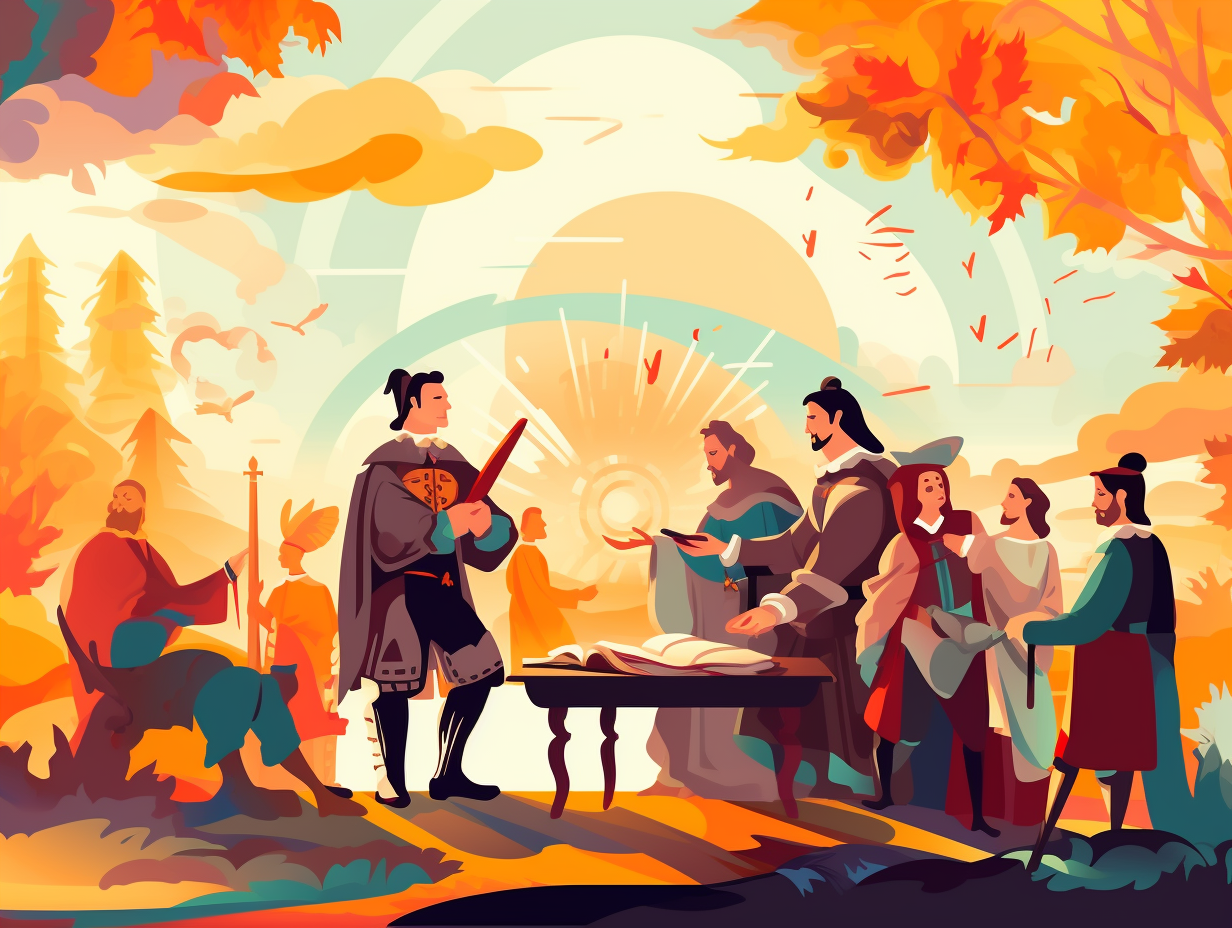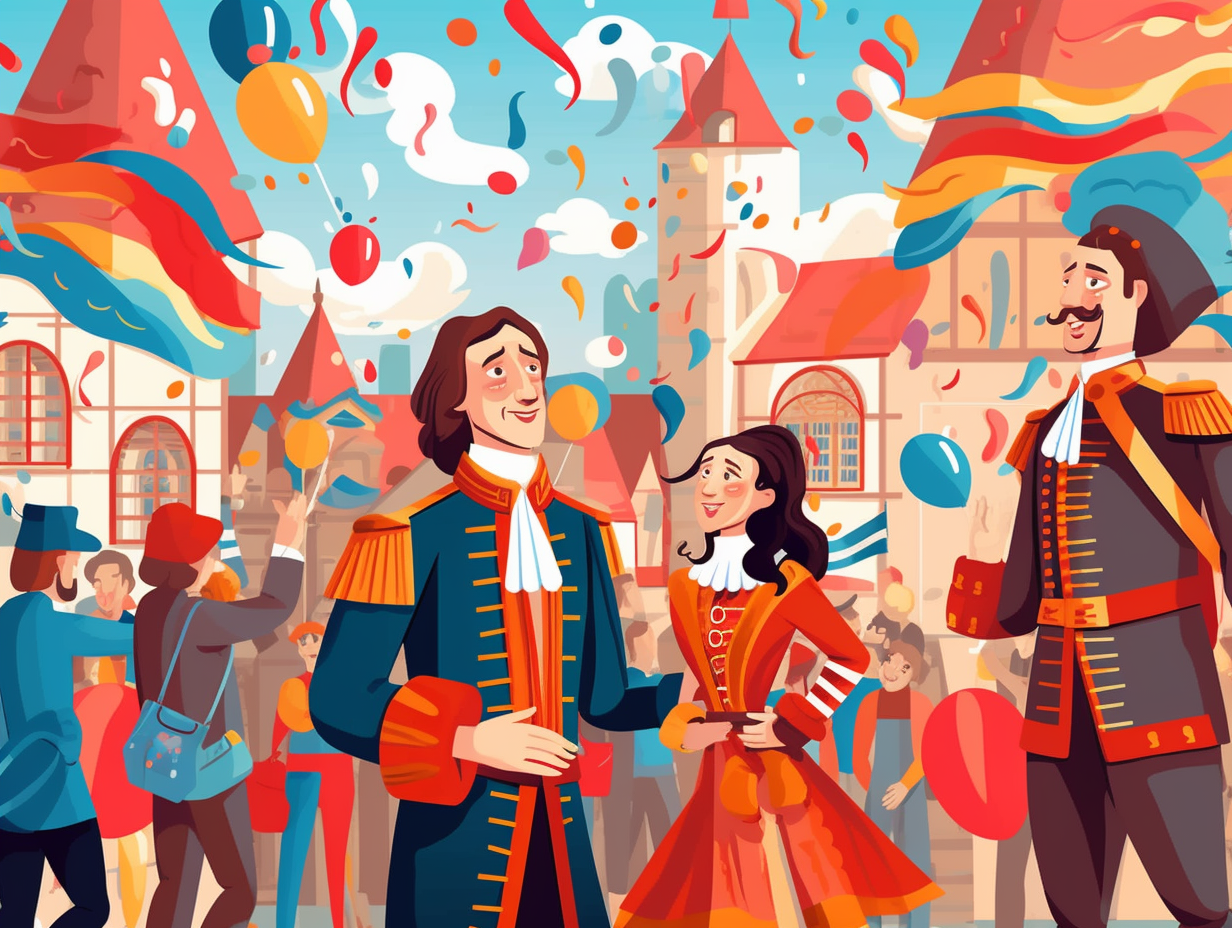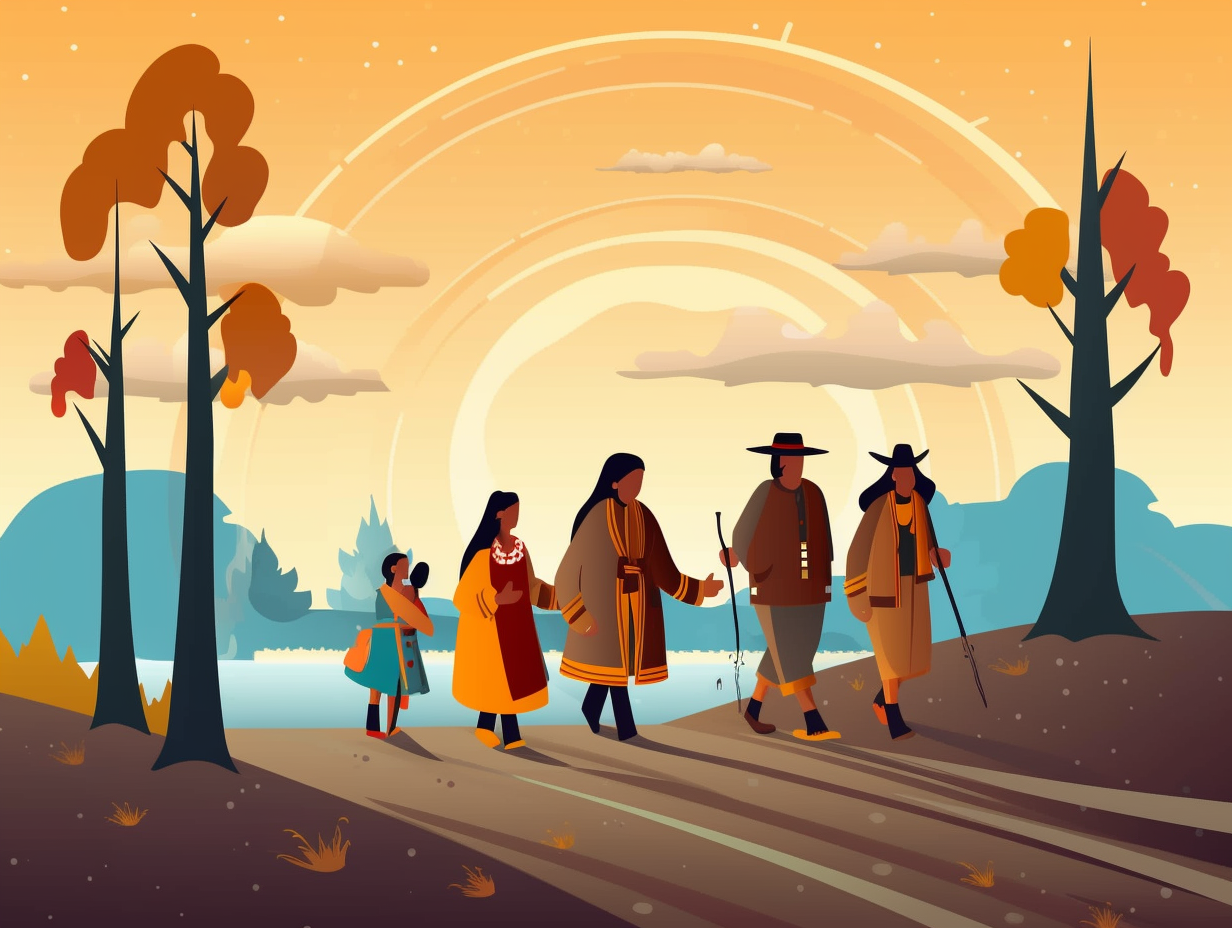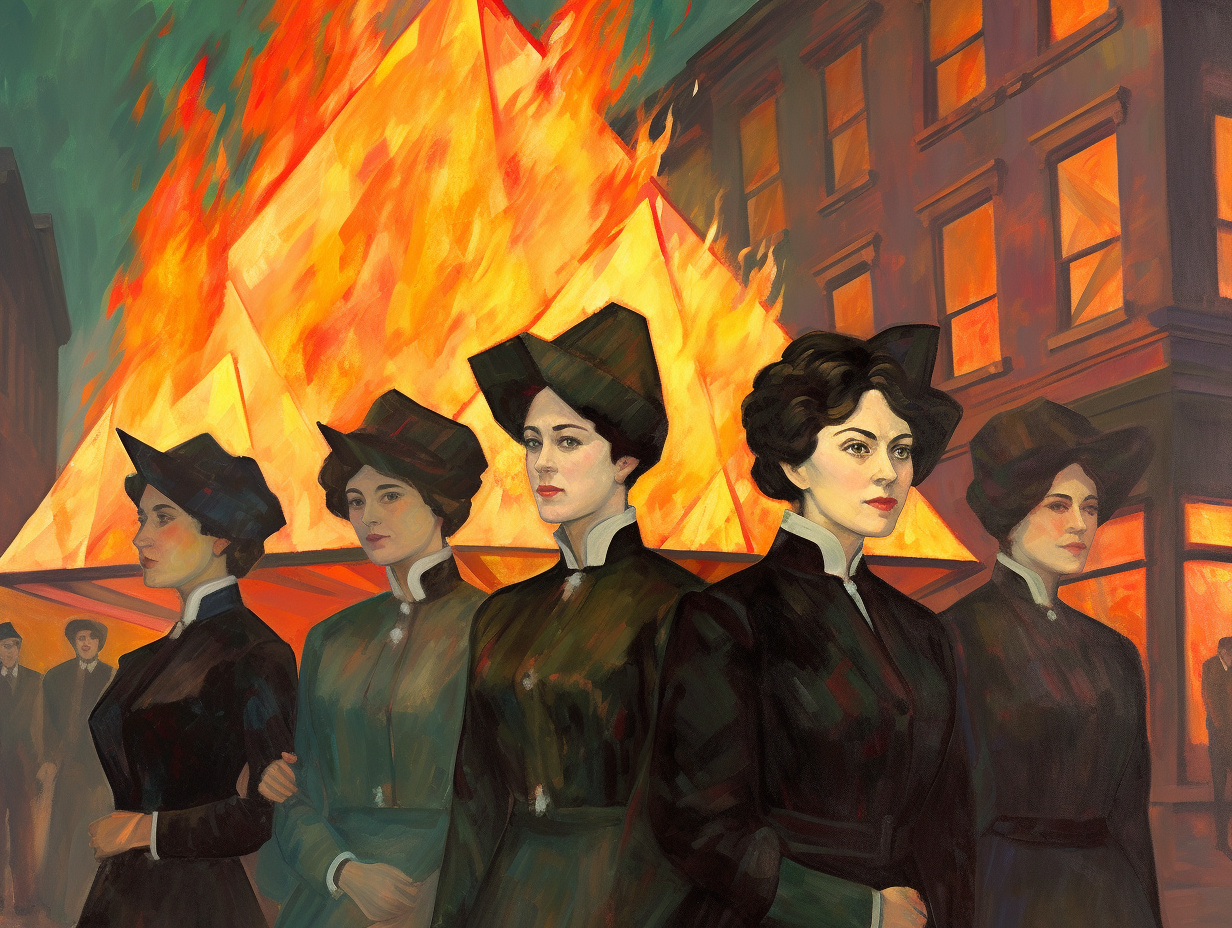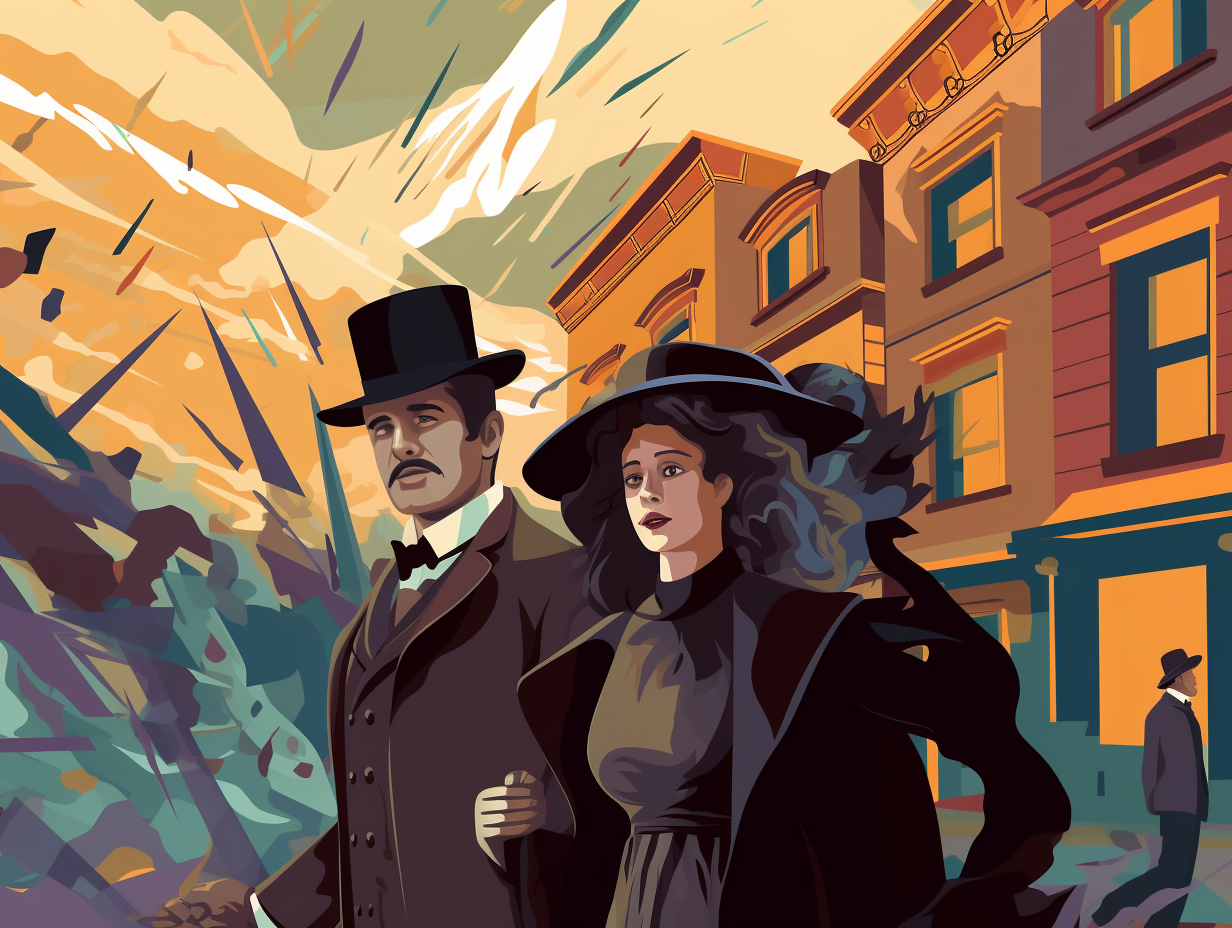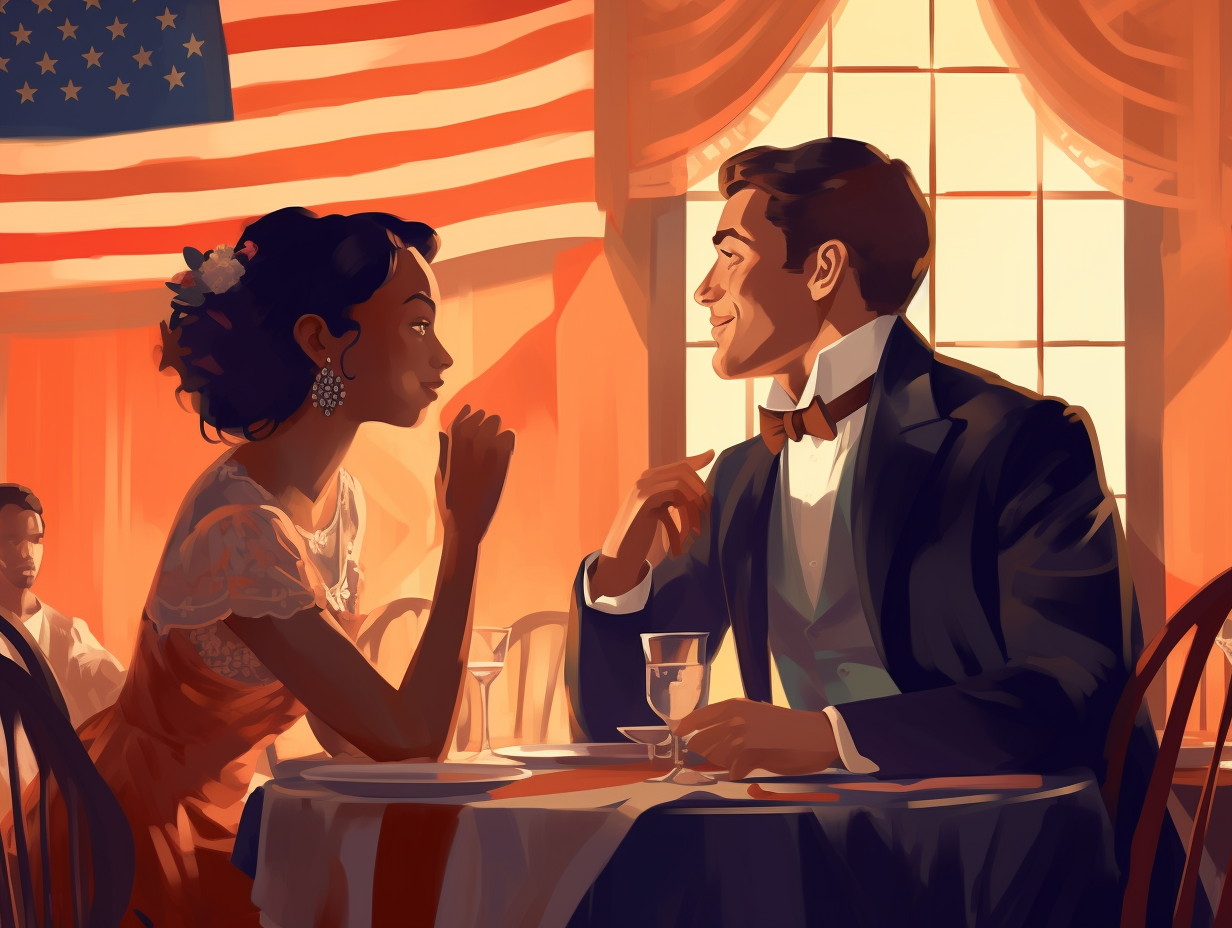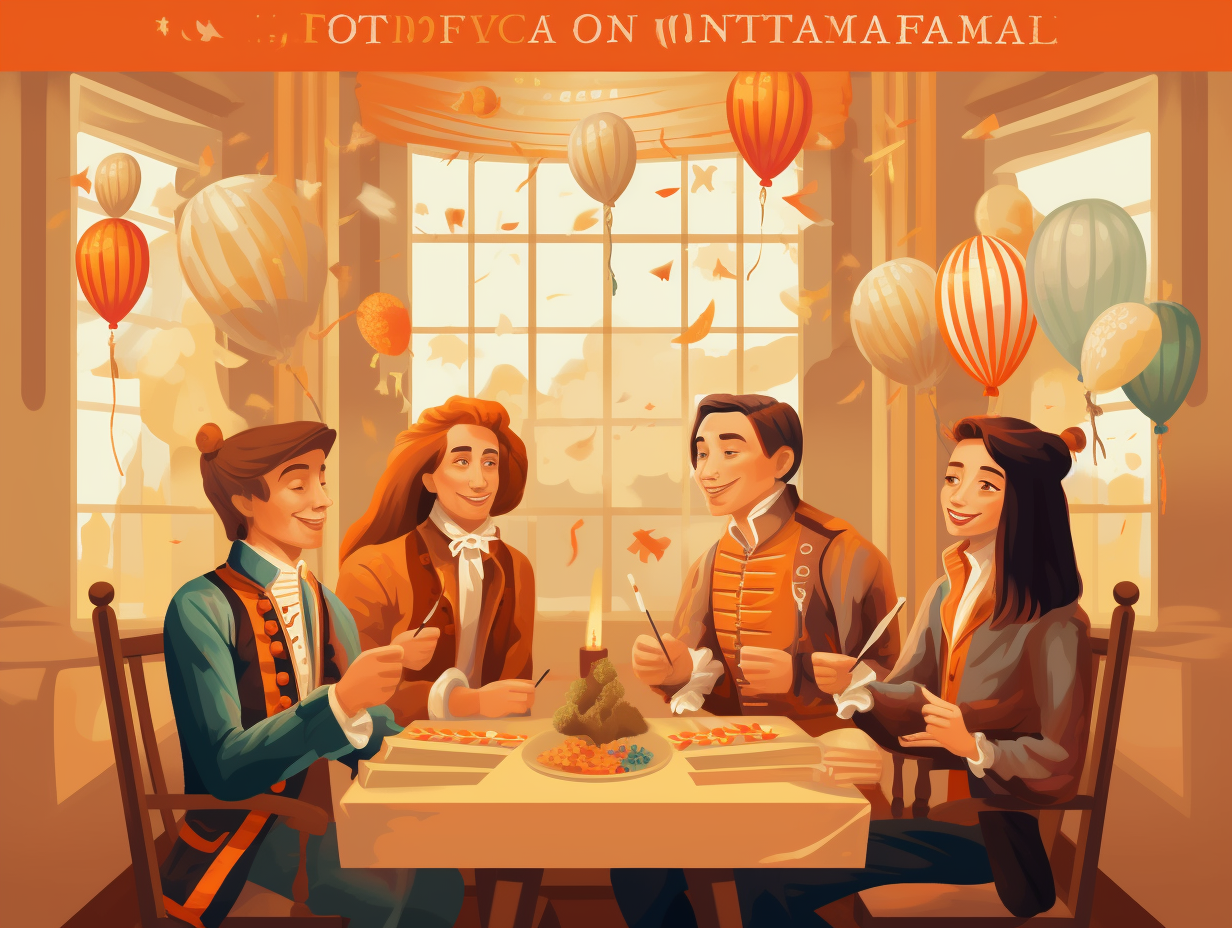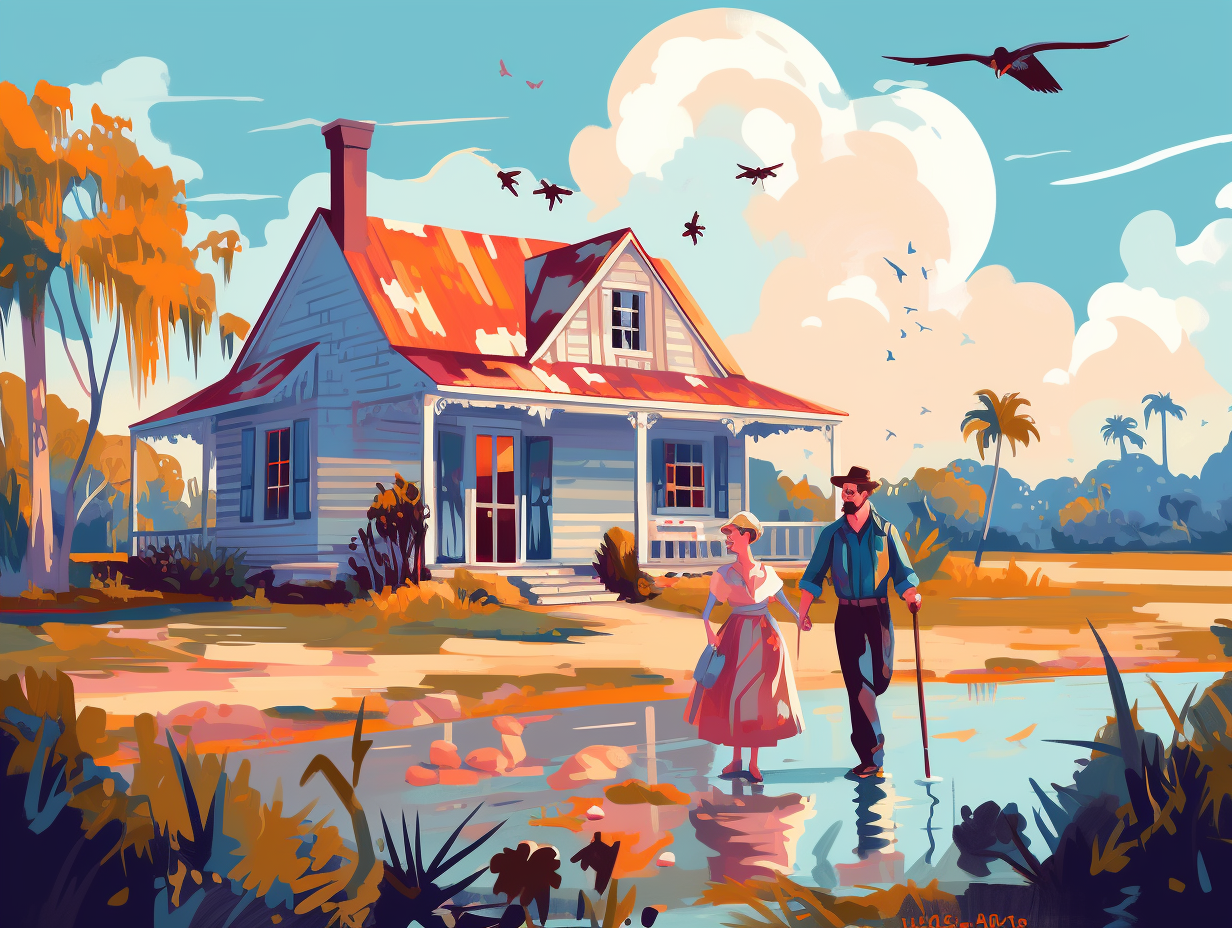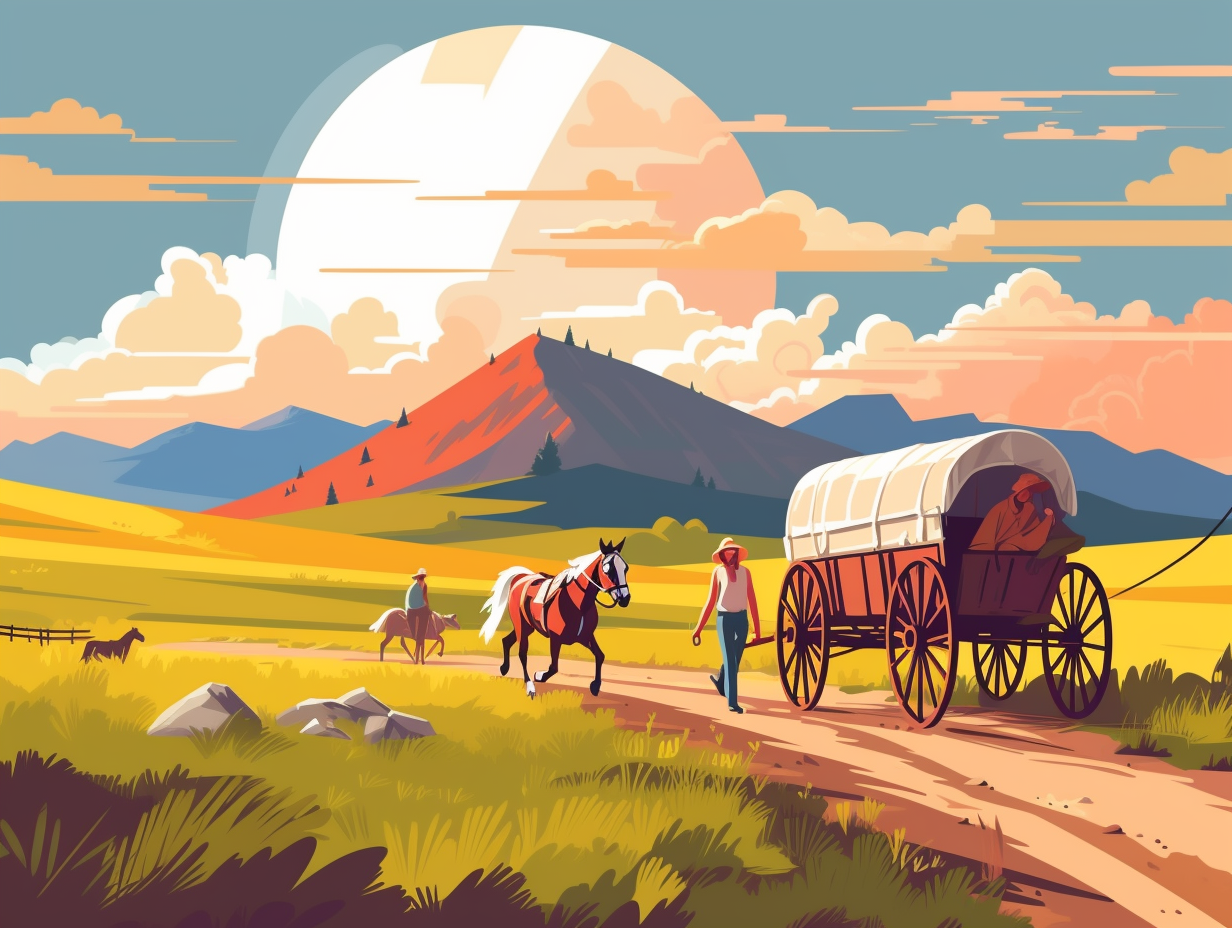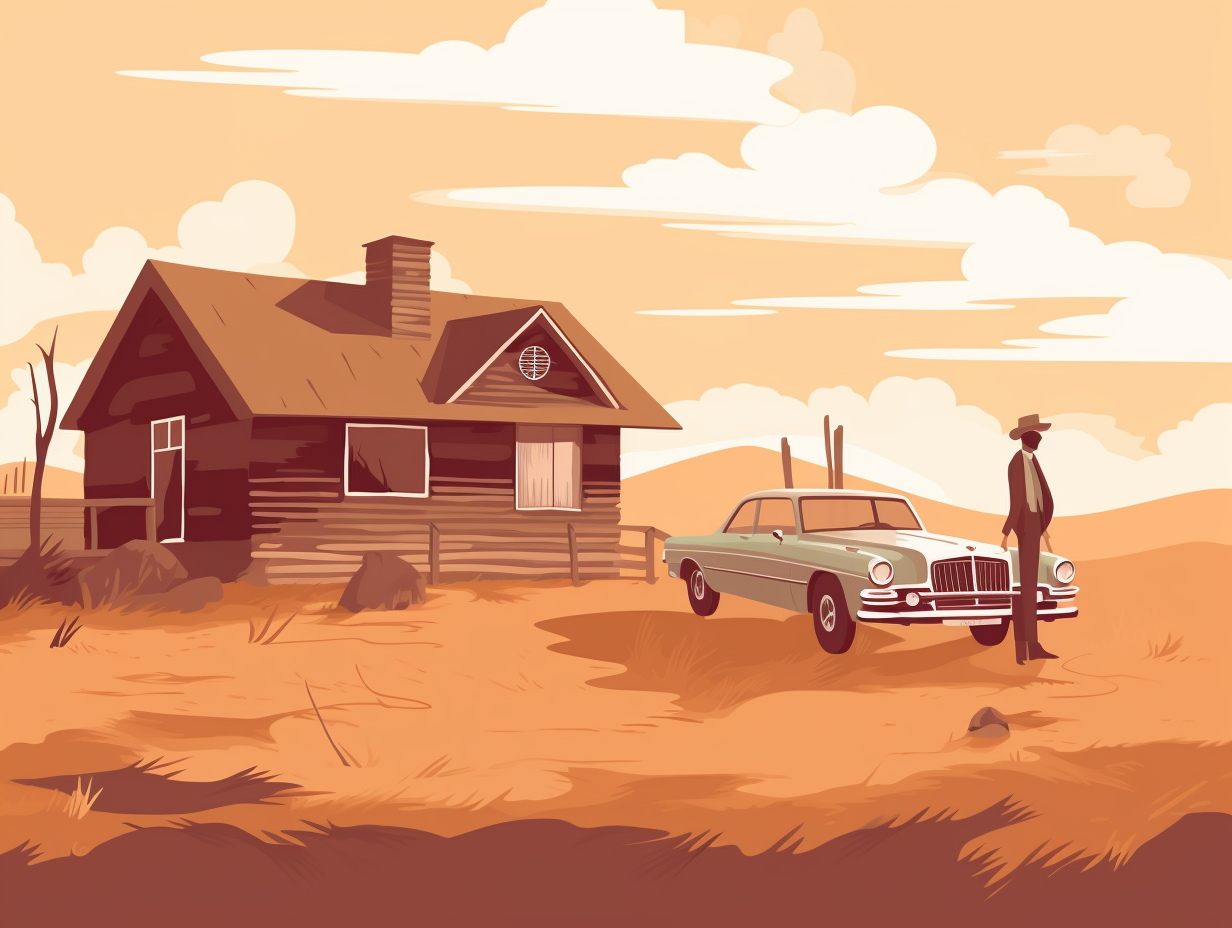Discover the Unbelievable! Top 8 Fun Facts About the Middle Ages You Never Knew
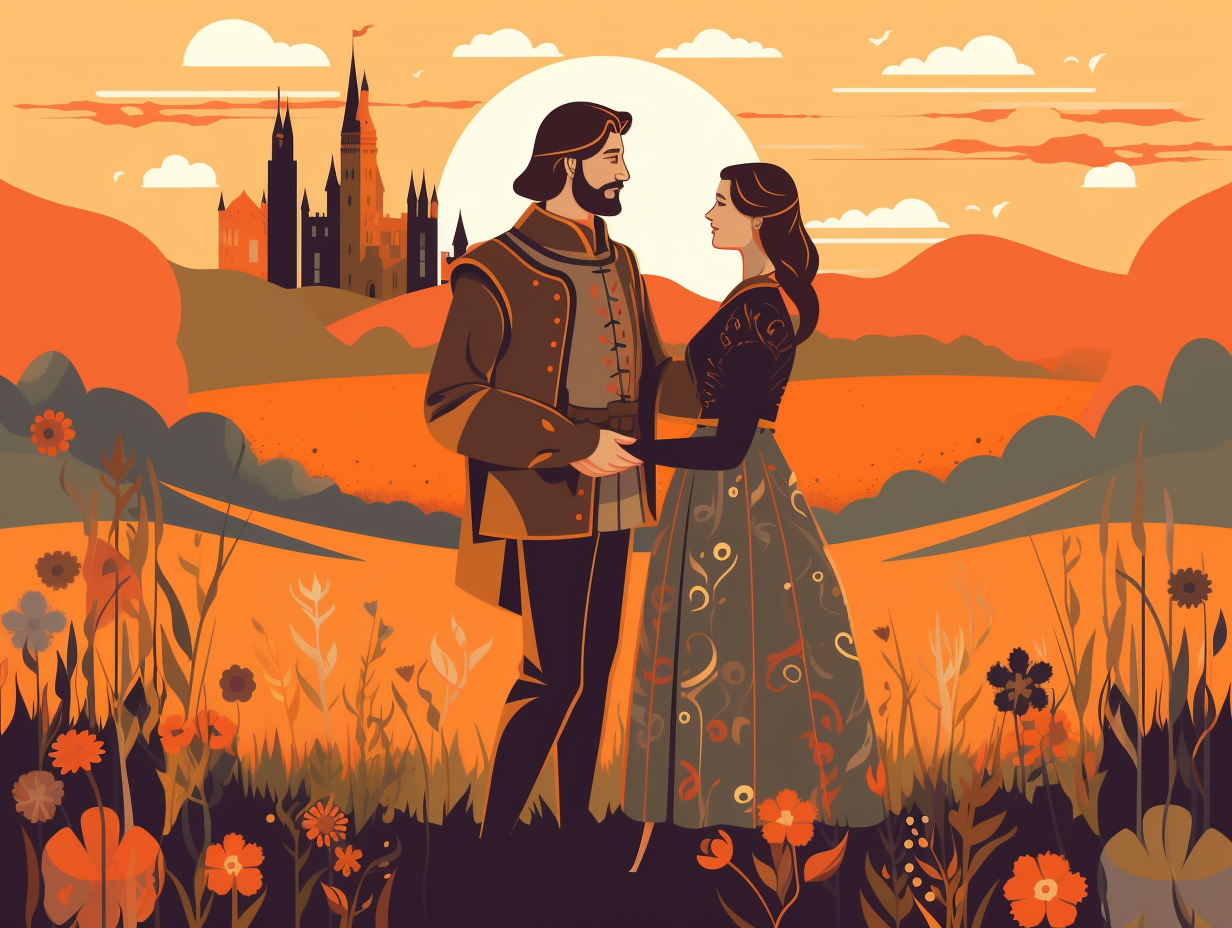
1. Childhood Survival Rates
As the saying goes, "what doesn't kill you makes you stronger" - well, that might have been the Middle Ages' unofficial motto for children: A staggering 50% of children during that time didn't survive to adulthood, but fear not, our modern-day heroes in healthcare and sanitation have turned the tide, slashing the global infant mortality rate to below 3%.
Source => ourworldindata.org
2. Bowl Haircut Fashion
Before "bowl-ed" was a way to celebrate a strike at the bowling alley, it was a fashion statement of the medieval mane event: During the Middle Ages, European men donned the notorious bowl haircut, which entailed shaving the back and sideburns while sporting curls or short hair on top, often accessorizing with ornate hats to show off their unique flair.
Source => encyclopedia.com

Did you know Thomas Jefferson had a pet mockingbird that freely roamed his office, serenading him with its melodies? Discover more about this unique bond between a president and his feathery friend!
=> Fun Facts about History
3. Knights & Ladies' Favors
Before relationship statuses could be flaunted on Facebook, knights were casually sporting their own medieval brand of "It's Complicated" with ladies' favors: During the Middle Ages, knights would receive tokens like detachable sleeves or handkerchiefs from ladies as gestures of admiration, distinctly marking their social status, even though it didn't necessarily point to any romantic affair.
Source => medievalists.net
4. Peasant Sleeping Arrangements
Who needs Tempur-Pedic when you can slumber like a peasant? After all, nothing says "sweet dreams" like stone slabs and hay mattresses: In the Middle Ages, only the rich luxuriated in warm, curtain-adorned beds, while common folk slept on cold stone slabs topped with thin layers of hay or peat moss, huddled in their one-room cottages heated by an open fire—lice and fleas included, free of charge!
Source => stores.renstore.com
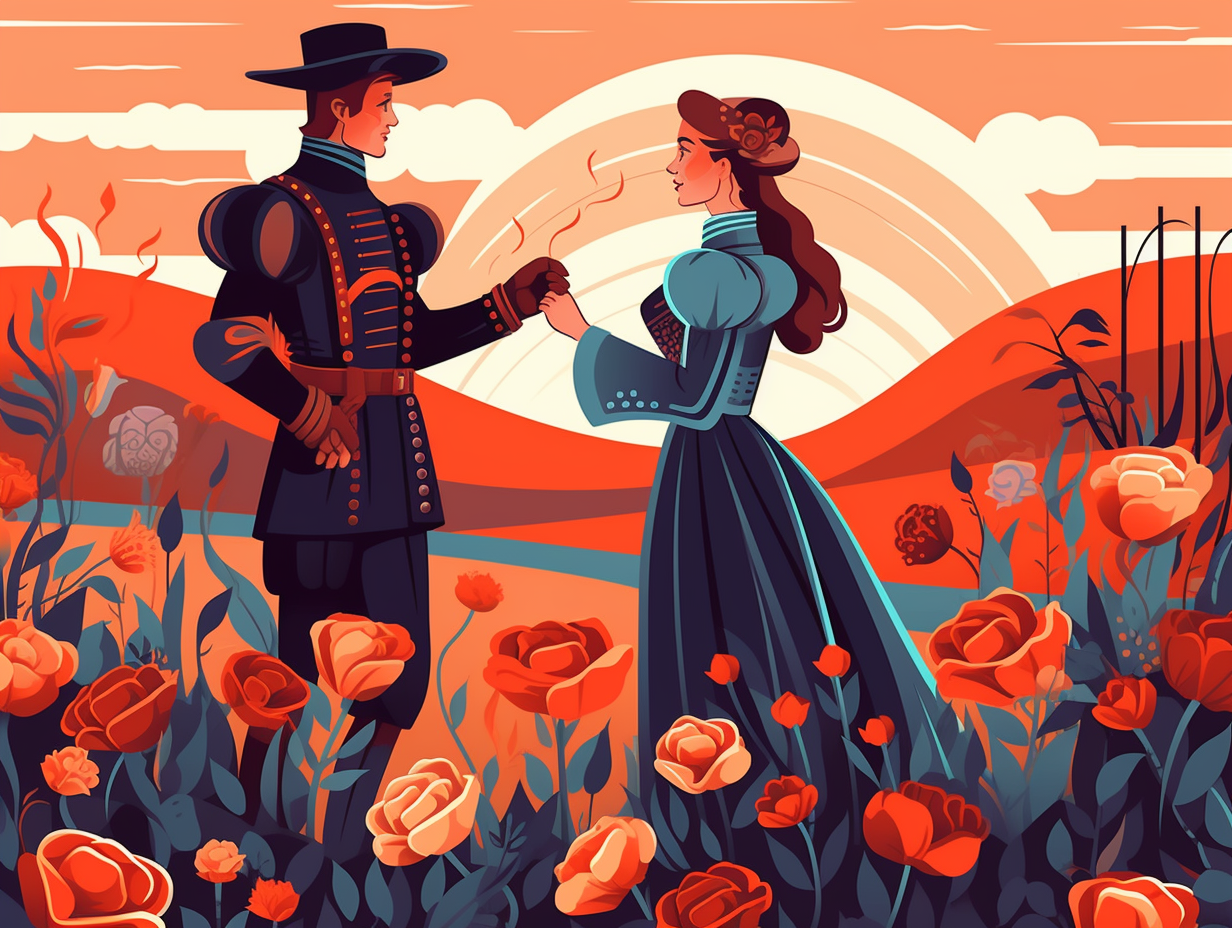
5. Toothache Donkey Kisses
As the old saying goes, "an apple a day keeps the doctor away," but no one ever said anything about smooching donkeys to ward off toothaches: In the Middle Ages, people believed that waiting for a dental emergency was the best time to visit a dentist, not knowing that preventative care holds the key to maintaining good oral and overall health. Believe it or not, ignoring dental hygiene can lead to diseases and even affect the heart – so pucker up and care for your pearly whites instead of courting a donkey!
Source => kcdental.ca
6. Hair Colors & Social Status
Who knew medieval bad hair days had political implications? Comb-overs, flowing locks, and blondes having more fun, it was all happening: In the Middle Ages, hair length and color were markers of social status and identity, with knights and nobles donning long tresses, peasants sporting shorter dos, blondes representing beauty and purity, and redheads being associated with witchcraft and devilish deeds, as reflected in art and literature of the era.
Source => jstor.org
7. Medieval Bathhouse Hygiene
"Rub-a-dub-dub, three knights in a tub": Medieval folks were more hygienic than you might think! Contrary to popular belief, personal hygiene was important in the Middle Ages and public bathhouses were widespread throughout Europe and the Middle East, with some cities having as many as 60,000 bathhouses where people could socialize, relax, and cleanse themselves.
Source => medievalists.net
8. Puppy Broth Cures
Before Chicken Soup for the Soul, there was Puppy Broth for the Lungs: In medieval Spain, people believed that newborn puppies could cure pulmonary tuberculosis and tuberculous meningitis, either by drinking a broth made from them or placing a slit-open pup on the chest for 12 hours—though no evidence suggests they believed in dog saliva as a wound healer.
Source => ncbi.nlm.nih.gov
Related Fun Facts

